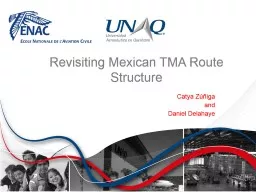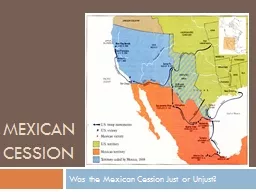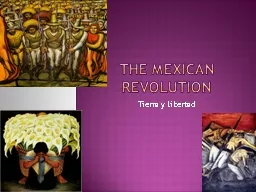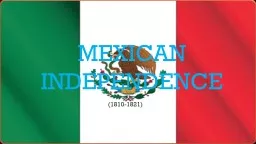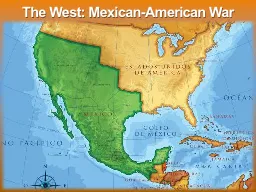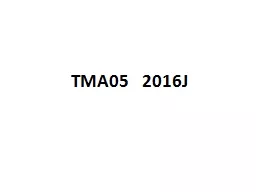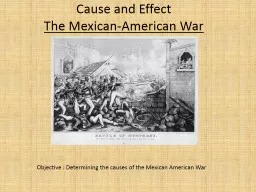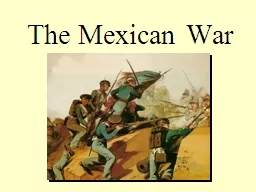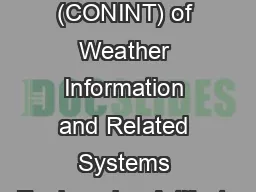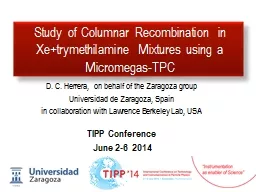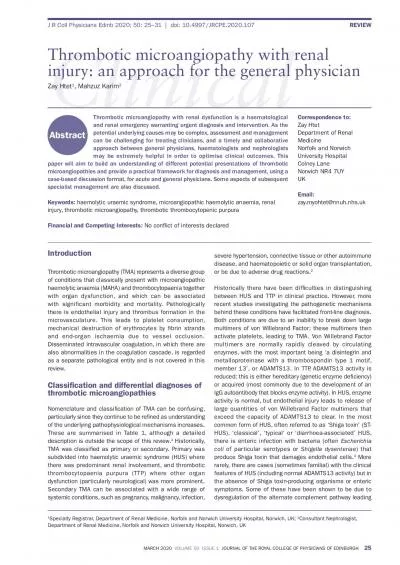PPT-Revisiting Mexican TMA Route Structure
Author : myesha-ticknor | Published Date : 2017-01-15
Catya Zúñiga and Daniel Delahaye Outline Context Mexican ATS Problem presentation Our approximation Experimental results Conclusions 2 Mexico 3 2014 Mexico
Presentation Embed Code
Download Presentation
Download Presentation The PPT/PDF document "Revisiting Mexican TMA Route Structure" is the property of its rightful owner. Permission is granted to download and print the materials on this website for personal, non-commercial use only, and to display it on your personal computer provided you do not modify the materials and that you retain all copyright notices contained in the materials. By downloading content from our website, you accept the terms of this agreement.
Revisiting Mexican TMA Route Structure: Transcript
Download Rules Of Document
"Revisiting Mexican TMA Route Structure"The content belongs to its owner. You may download and print it for personal use, without modification, and keep all copyright notices. By downloading, you agree to these terms.
Related Documents

